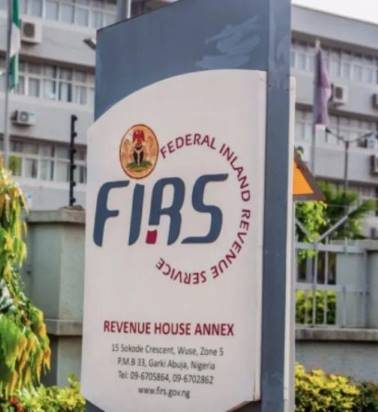
The Federal Government of Nigeria (FGN) has announced the offering of ₦200 billion worth of bonds for public subscription, with the sale split evenly between 5-year and 7-year tenors, both priced at ₦1,000 per unit.
The offer, managed by the Debt Management Office (DMO), was disclosed via the agency’s official social media handle on Thursday.
According to the DMO, the bonds consist of: a 5-year FGN bond, due August 2030, and a 7-year FGN bond, due June 2032.
Both are re-openings of existing issues and come with a coupon rate of 17.95% per annum, payable semi-annually.
Subscription Details
- Auction Date: September 29, 2025
- Settlement Date: October 2, 2025
- Minimum Subscription: ₦50,001,000 (equivalent to 50,001 units)
- Thereafter: In multiples of ₦1,000
The DMO clarified that for reopened bonds, interest is paid every six months, on January 16, April 16, July 16, and October 16.
How Pricing Works
The agency noted that while the coupon rate is fixed, successful bidders will pay a price based on their yield-to-maturity bid that clears the auction volume. This price may include any accrued interest on the instrument.
“For re-openings of previously issued bonds, successful bidders will pay a price corresponding to the yield-to-maturity bid that clears the volume being auctioned,” the DMO explained.
Who Can Invest
These bonds are open to institutional investors and high-net-worth individuals, and are structured to:
- Qualify as trustee investments under the Trustee Investment Act
- Be tax-exempt for pension funds under both the Company Income Tax Act (CITA) and Personal Income Tax Act (PITA)
- Be listed on the Nigerian Exchange Limited (NGX) and FMDQ OTC Securities Exchange
- Count as liquid assets for banks in calculating liquidity ratios
What This Means
This move by the federal government is part of broader efforts to raise funds for national development while offering investors a relatively high return in a challenging inflationary environment. The relatively high coupon rate of 17.95% reflects the current cost of government borrowing and the tight monetary policy environment.



